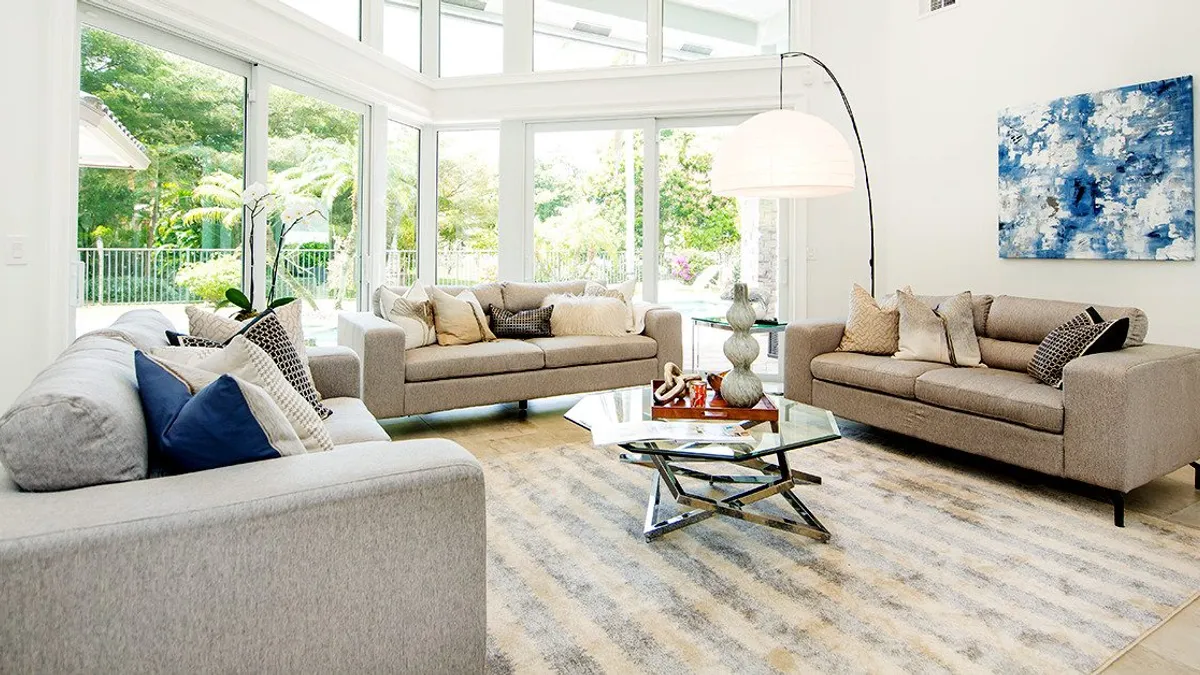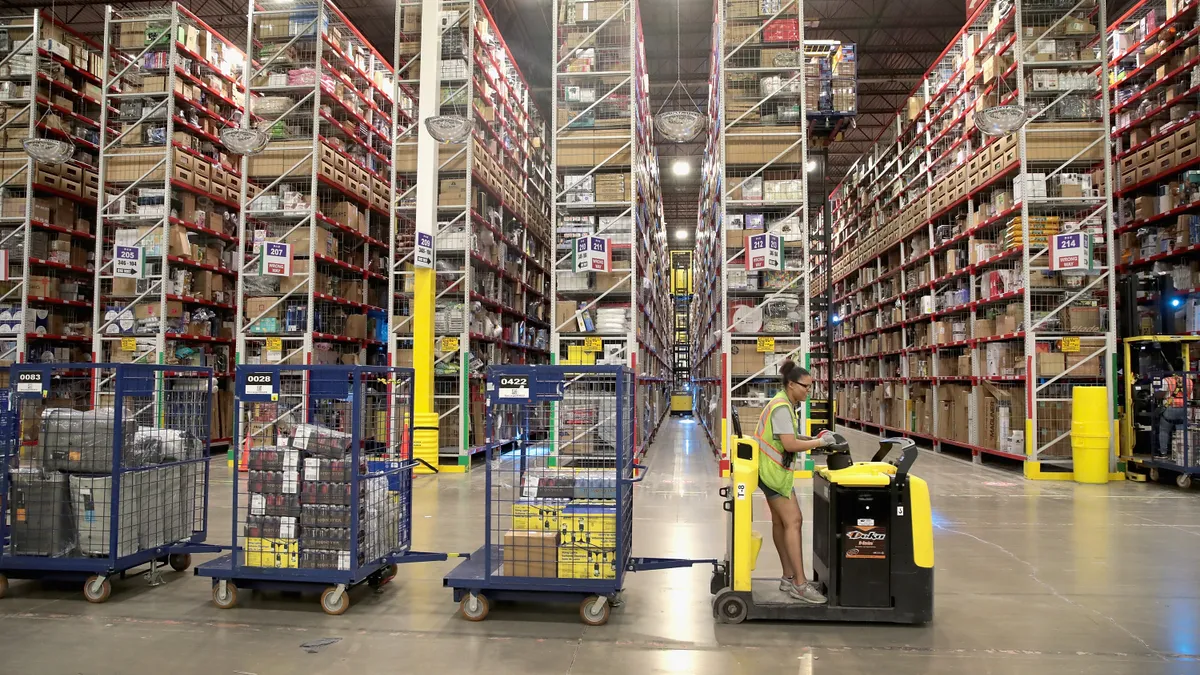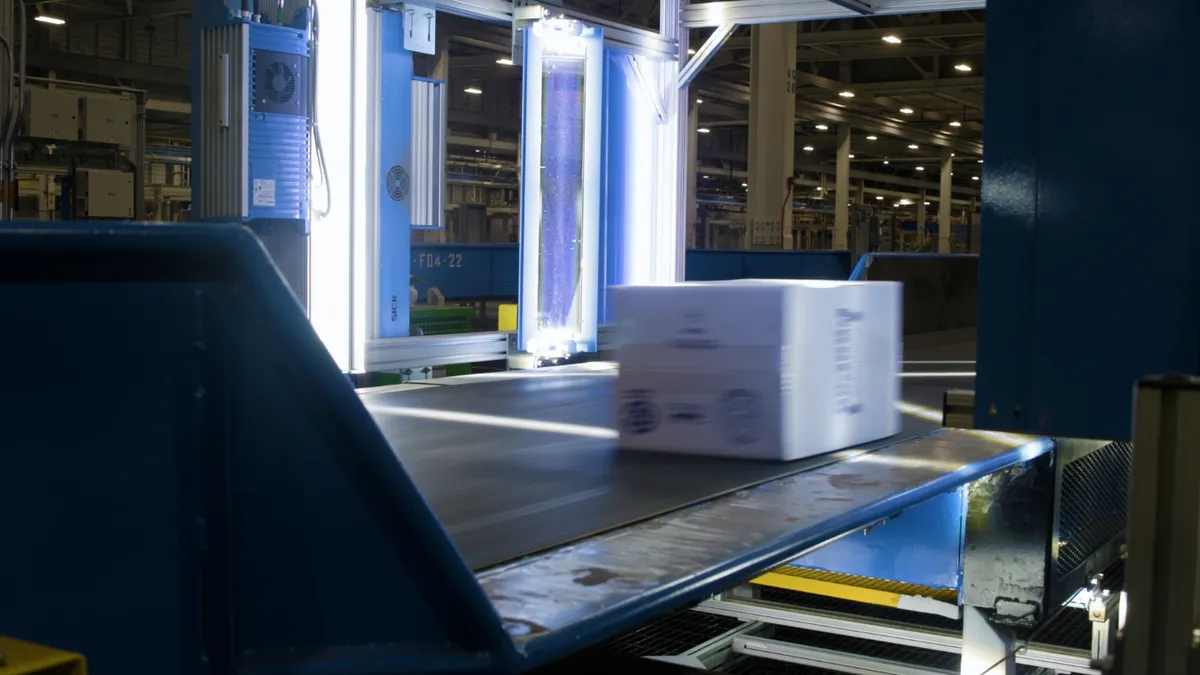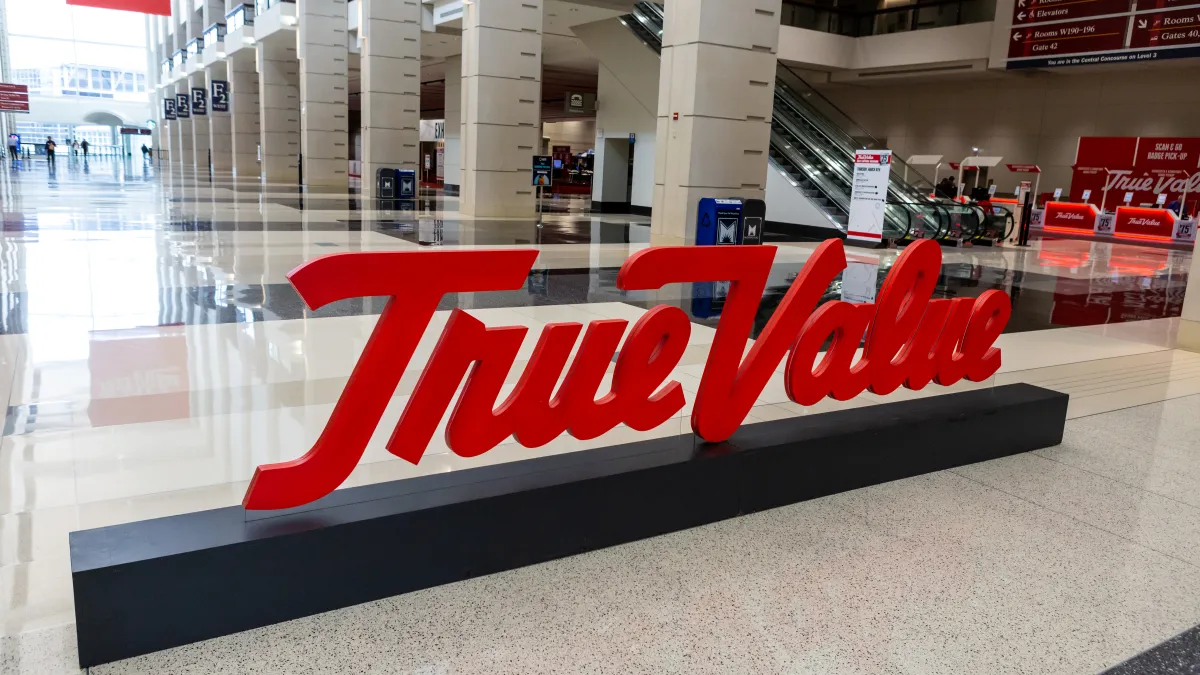Furniture is always there. At home or the office, in a hotel or the doctor’s office. We don’t think about it unless it’s uncomfortable, worn out or just plain ugly.
As with everything, of course, furniture has a supply chain. As supply chains have gotten more complex and advanced over the years, the furniture industry — especially on the hospitality side — hasn’t always kept up.
"Like any other industry, going from very static and looking for ways to evolve, the world of hospitality furnishings needs to go through change," Aytan Litwin, Founder and CEO of White Space, a Reno, Nevada-based manager of custom-manufacturing interiors process for hospitality and commercial spaces, told Supply Chain Dive. "With increased demand from end-users and increasing competition, including Airbnb, travelers have more options."
Now, furniture retailers are starting to "feel the Amazon effect," Karin Bursa, executive vice president at Atlanta-based supply chain software firm Logility, told Supply Chain Dive.
"Large, durable items are seeing the same pressures as laptop manufacturers do from Best Buy or Dell," she said. "Seeing that [influence on] carpets, curtains, drape, and appliances is causing traditional furniture manufacturers to be faster and more responsive to consumers."
The Cosmopolitan of Las Vegas gets a makeover
Tourism is rising in Las Vegas. According to the Las Vegas Review-Journal, occupancy for most high-end hotel-casinos on the Strip is around 97% (excluding penthouses reserved for high rollers). It reported that the Cosmopolitan of Las Vegas resort has the highest average daily room rate on the Strip.
To maintain its status and keep ahead of the competition, the two-tower Cosmopolitan, only seven years old, is gutting and renovating 2,895 of its more than 3,000 rooms to meet rising demand and competition from other luxury hotels such as the Palazzo, the Wynn, the Venetian and the Bellagio.
With massive projects like that, the residential supply chain won’t work, Litwin said. "In hospitality, there’s a need for customization in size and finishes. [Furniture companies] can’t respond to ongoing demands from customers [in the old way]. There’s a bottleneck because established brands in the hospitality supply chain have set up relations over the years with specific suppliers. It’s difficult for these to shift into the needs of the current market."
"The world of hospitality furnishings needs to go through change."

Aytan Litwin
Founder and CEO of White Space
The $100 million-plus Cosmopolitan upgrade, scheduled for completion at the end of the year, was especially daunting because all of the original furnishings were custom-made and no longer available from the original manufacturer. Acting much like a third-party logistics provider (3PL), White Space took control of the Marriott-owned hotel/casino’s supply chain to streamline the process which, in addition to the rooms, also included new seating for three on-site restaurants.
Litwin said his company used its network of suppliers in Turkey for wallpaper, Italy for fabric and the U.K. for other materials. The furniture was manufactured in Asia and shipped to warehouses in the U.S. for installation in the hotel.
"It was one cohesive solution that saved [Cosmopolitan] a tremendous amount of money, but also, they only had to deal with one customer instead of the whole supply chain," Litwin said. "It’s trust. There are touch points throughout the project [to keep stakeholders] informed."
Inventory grows — and so does potential for error
One issue that differentiates hospitality and corporate settings from residential furnishings is the longer lead time custom furnishings require, said Logility’s Bursa.
Though longer than apparel, home furnishings also face a fashion cycle. Consumer taste and seasonal changes affect color, finish, fabric and more, Bursa pointed out.
"Preferences are wildly different in the Northeast than the Southwest," she said, "and in metro areas you’ll see smaller footprints in housing or apartments than in larger homes. [Manufacturers] will focus the collection and take seasonality into account. There are spikes in demand over Christmas and Thanksgiving. Even tax season, when people invest in homes."
One of Logility’s clients, Wisconsin-based Ashley Furniture manufactures, sources and retails its products via more than 6,000 partners. The company is promotion-driven, holding holiday sales, President’s Day sales and tax sales. Their inventory has to be positioned to ship quickly, whether manufactured in the U.S. or Asia. That requires multiple distribution centers.
"As our business continued to grow [with a] larger product portfolio and [more] customer locations, the number of inventory rules grew along with the potential for error and became harder to manage,” Maegan Huber, forecasting and inventory optimization supervisor at Ashley Furniture, explained in a Logility case study.
Among those rules were shipping times from suppliers. Some manufacturers ship weekly, others monthly with varied shipping times. Inventory rules were applied uniformly across the supply chain, without consideration for varying SKU patterns by region.
Ashley Furniture adopted Logility’s Voyager Solutions to create a formal sales and operations planning (S&OP) process to help make more timely decisions. Inventory is optimized at the item level with rules tailored to a specific item and region.
For example, if you sell a bed, what about a footboard? Bursa asked. "Dresser & mirror? Nightstand? How often do you sell a mattress? Queen or King mattress? Supply depends on the collection."





















